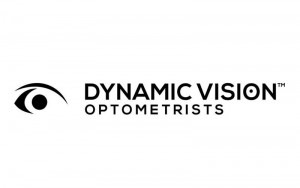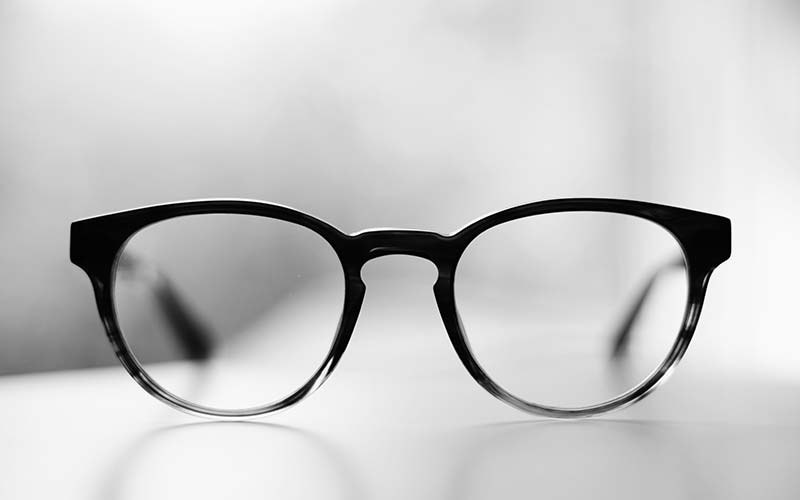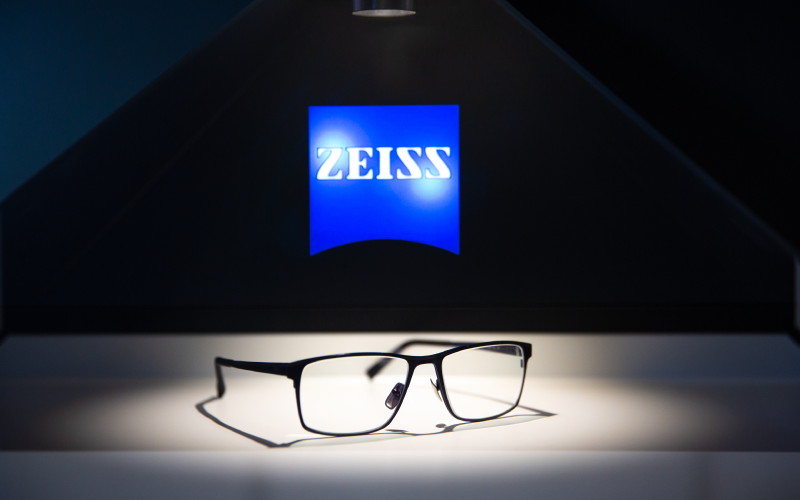Kids’ developing eyes at risk if they don’t get the prescription glasses they need – 15 May 2018
As with many conditions and diseases, early detection and treatment of vision problems are key to a better prognosis. When it comes to children’s eyesight, early intervention is especially important because their developing eyes are more prone to long term damage. Children’s eyes should be checked by an optometrist regularly and when prescribed, corrective eyewear should be worn to prevent further strain or damage.
“There is no benefit to postponing prescription eyeglasses for young children who need them. Their eyes will not become lazy or fail to develop properly if they wear eye glasses. In fact, failing to equip them with the corrective lenses they need can worsen their vision, because their eyes are at risk of long term damage as a result of prolonged and undue strain,” says Ruahan Naude, CEO at Dynamic Vision.
Poor vision not only affects a child’s ability to see and understand the world around them but can affect so many other areas of their development. Their performance at school can be affected as well as their sporting and other extracurricular pursuits.
Untreated vision problems can also affect a child’s cognitive, emotional, neurologic and physical development by limiting the range of experiences and the kinds of information to which the child is exposed.
“Most of what children learn is through visual processing. Studies suggest that children with poor vision are three times more likely to fail their first year at school because they have trouble reading, seeing what is written on the board and other visual cues.” says Naude.
He continues saying that vision issues are becoming more prevalent in today’s young children: “Children these days are doing more close-up reading tasks than their parents ever did thanks to the use of electronic devices like tablets and mobile phones. These devices are held much closer to the face than a book would be and this puts immense strain on eyes, especially young developing eyes. Too much strain over prolonged periods of time can cause long term damage to young eyes.
“It is more natural for human eyes to look further and into the distance than close-up. Research has shown that the eyes will naturally adapt to accommodate close-up reading more than distance vision and hence become more myopic or nearsighted. This means that they will battle to see things in the distance and experience blur as well as inability to focus. This is far from ideal.
“Farsightedness is also commonly seen in children under the age of eight. People with farsightedness can usually see objects clearly at a distance, but find it hard or impossible to focus up close. This obviously interferes with reading, writing and many close-up fine-motor tasks, and it can lead to headaches, fatigue and eye strain,” he says.
Naude stresses that many of vision related problems seen in young children can be fixed with appropriate, early intervention.
“Approximately 2 to 3 out of every 100 children is affected by amblyopia, or ‘lazy eye’ yet many parents are not even aware that their child has a lazy eye. This vision problem causes constant blurred vision at all distances but can be corrected with glasses and eye patching. Early diagnosis and treatment can increase the chance for a complete recovery.1”
Many schools organise vision screenings for learners which offer an early alert for parents that there could be a problem with their children’s eyes. An eye exam will help to detect problems such as myopia, nearsightedness, hyperopia (farsightedness), or astigmatism.
“The best way to make sure that your child has the visual skills and ability to get through their daily tasks at home, at school and on the sports field, is to keep a check on their eye health. If your child requires prescription glasses, make sure to comply. Prescriptions should also be checked regularly to ensure that they are meeting your child’s requirements as their eyes develop. Your child’s long term eye health and vision is at stake,” concludes Naude.
References:
- National Eye Institute. Facts About Amblyopia. https://nei.nih.gov/health/amblyopia/amblyopia_guide. Accessed January 4, 2017
Issued on behalf of Dynamic Vision by Echo Square PR. For more information please call Vickie Slabbert on 082 411 7602 or e-mail vickie@echosquare.co.za










